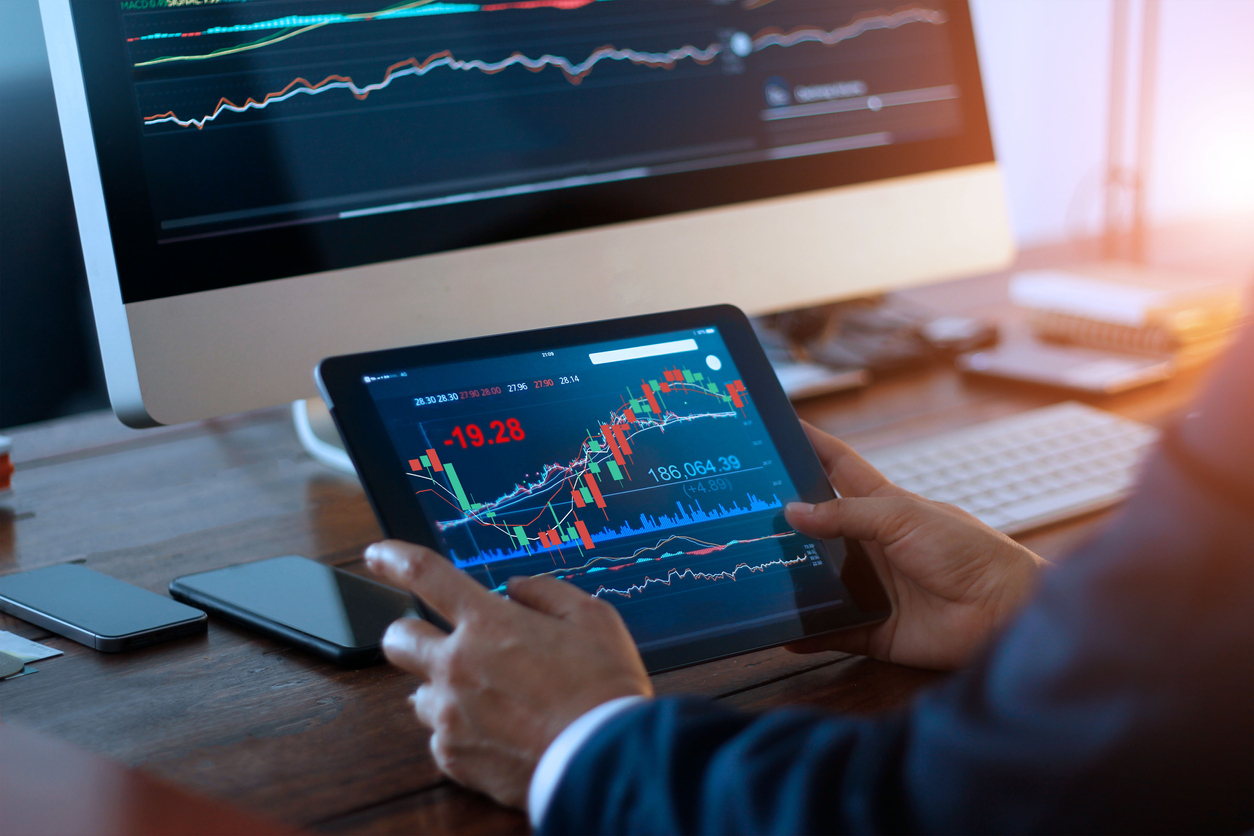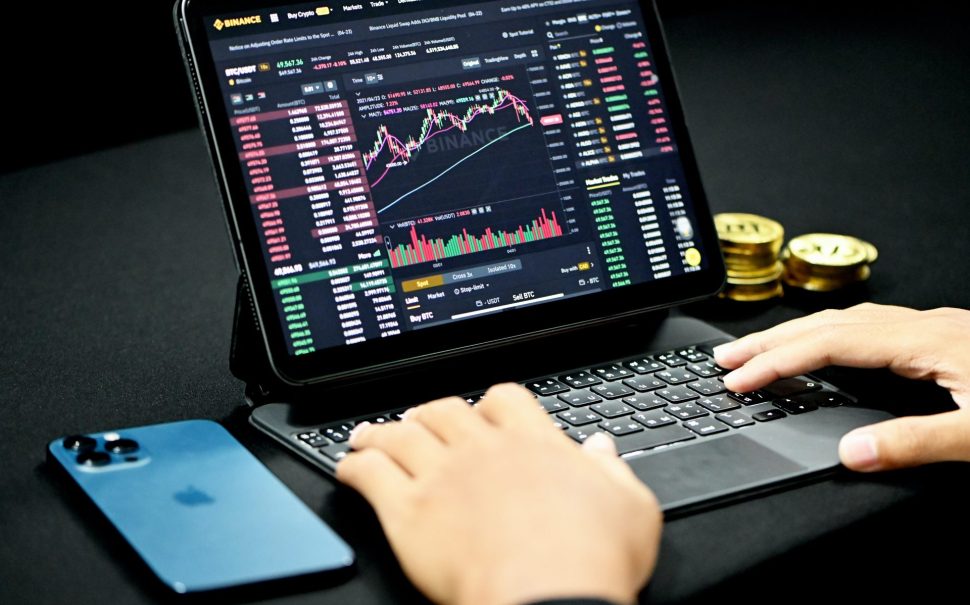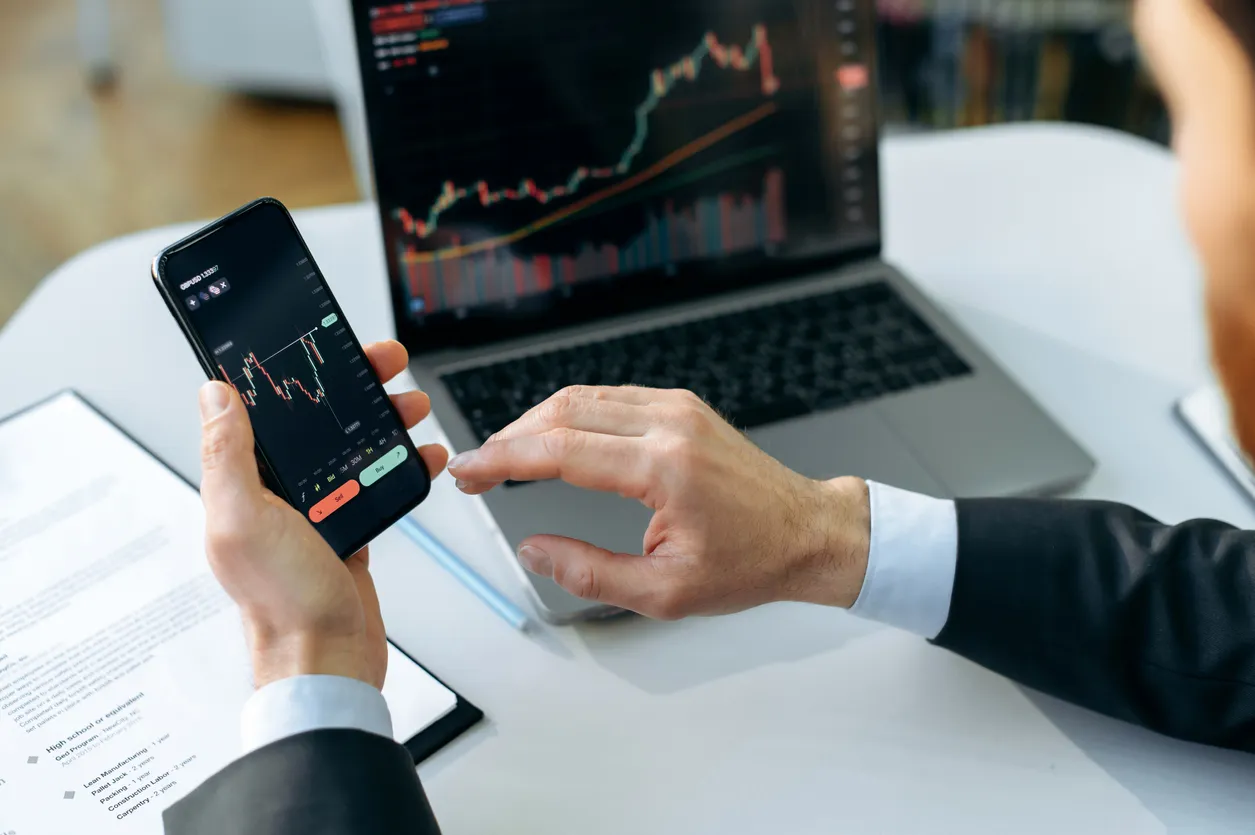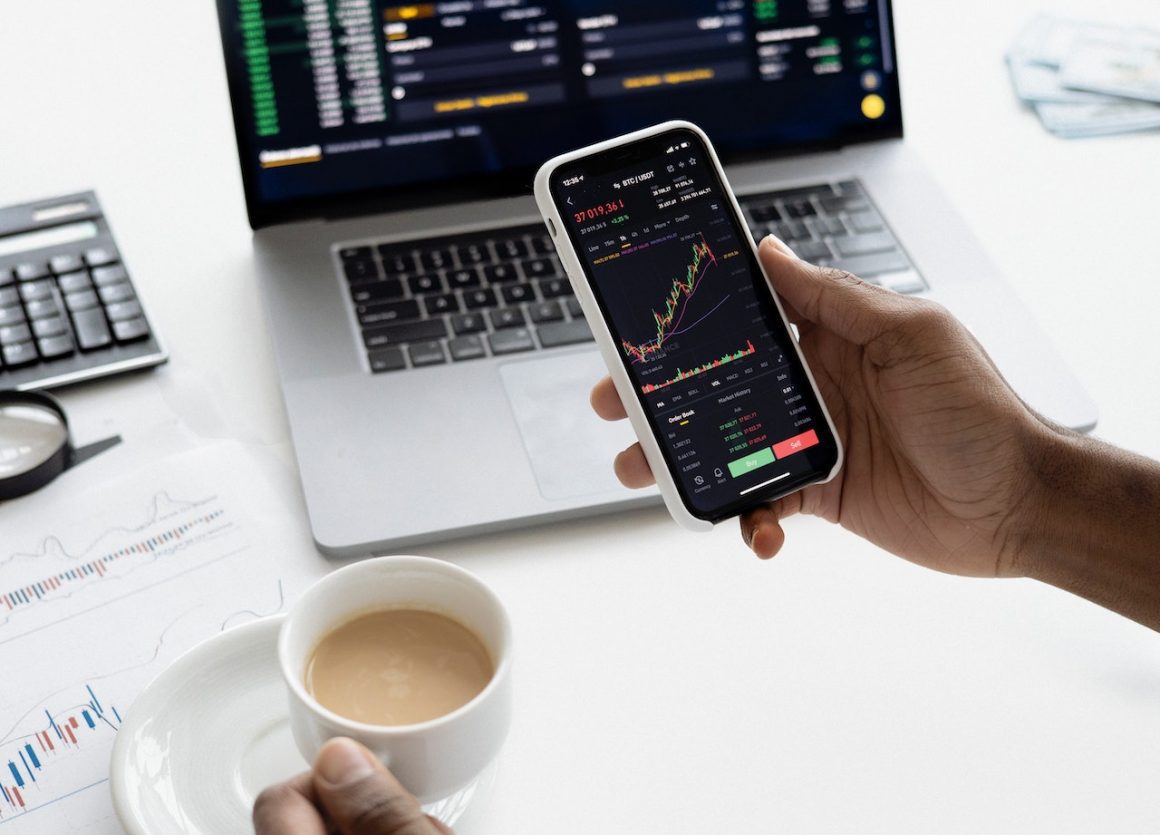In today’s fast-paced digital landscape, trading has become a dynamic dance floor where investors twirl and sway to the rhythm of market trends. Just like a conductor guides an orchestra, digital asset trading platforms have emerged as the maestros orchestrating this intricate symphony of buying and selling.
But what exactly are these platforms, and how do they fit into the ever-evolving world of trading? Strap in, because we’re about to uncover the secrets and opportunities that lie within the realm of digital asset trading platforms.
The Evolution of Trading Platforms

Trading platforms have evolved significantly over the years, adapting to advancements in technology and meeting the changing needs of traders.
One major development in the evolution of trading platforms is the rise of algorithmic trading. Algorithmic trading refers to the use of computer programs to execute trades based on predefined rules and strategies. This technology has revolutionized the trading industry by enabling faster and more efficient execution of trades, eliminating human error, and allowing for complex trading strategies to be implemented with precision.
Another significant impact on the evolution of trading platforms is the emergence of blockchain technology. Blockchain technology is a decentralized, distributed ledger system that securely records and verifies transactions. Its impact on trading platforms has been transformative, as it provides a transparent and immutable record of all transactions, enhancing trust and reducing the need for intermediaries.
Blockchain technology has also enabled the development of decentralized exchanges, where trades can be executed directly between buyers and sellers without the need for a central authority.
The Benefits of Digital Asset Trading

With the evolution of trading platforms, the emergence of digital asset trading has brought about numerous benefits for traders. The advantages of digital asset trading are vast, offering opportunities that were previously unavailable in traditional markets.
One of the primary benefits of digital asset trading is the accessibility it provides. Unlike traditional markets, which often require significant capital and complex procedures to participate in, digital asset trading platforms allow traders with limited resources to enter the market easily. This opens up opportunities for individuals who may not have had access to investment opportunities in the past.
Another advantage of digital asset trading is the speed at which transactions can be executed. Traditional markets often involve lengthy processes and intermediaries, leading to delays in trade settlement. In contrast, digital asset trading platforms leverage blockchain technology, enabling near-instantaneous settlement of trades. This quick execution time allows traders to take advantage of market opportunities and react swiftly to changing conditions.
Furthermore, digital asset trading platforms offer a wide range of trading opportunities. Traders can access a variety of digital assets, including cryptocurrencies, tokens, and digital securities. This diversity allows traders to diversify their portfolios and take advantage of different market trends.
Exploring Different Types of Digital Assets
Digital assets encompass a wide range of virtual currencies, tokens, and digital securities that can be traded on digital asset trading platforms.
When it comes to cryptocurrency investments, the most well-known digital asset is Bitcoin. Bitcoin was the first cryptocurrency and has gained significant popularity and value over the years. Other popular cryptocurrencies include Ethereum, Ripple, and Litecoin. These cryptocurrencies serve different purposes and have their own unique features and benefits.
In addition to cryptocurrencies, digital asset trading platforms also facilitate the trading of tokenized assets. Tokenized assets are traditional assets, such as real estate or artwork, that are represented digitally on a blockchain. By tokenizing these assets, they can be easily bought, sold, and traded on digital asset trading platforms. This opens up new investment opportunities for individuals who may not have the means to invest in traditional assets.
Tokenized assets offer increased liquidity, transparency, and accessibility, making them an attractive option for investors.
As digital assets continue to evolve, it’s important for investors to stay informed about the different types of assets available and the opportunities they present.
Key Features of Digital Asset Trading Platforms

On digital asset trading platforms, investors can access a range of features that provide liquidity, security, and ease of trading. These key features are crucial in enabling traders to navigate the complexities of digital asset markets efficiently.
One important aspect is the availability of various trading strategies tailored for digital asset markets. These platforms offer tools and resources that allow traders to execute different strategies, such as market making, arbitrage, and trend following. By leveraging these strategies, traders can take advantage of market inefficiencies and potentially maximize their returns.
Another vital aspect of digital asset trading platforms is the emphasis on regulation and compliance. As the digital asset ecosystem evolves, regulatory frameworks are being implemented to ensure the protection of investors and the integrity of the market. Reputable trading platforms prioritize compliance with regulations, including Know Your Customer (KYC) and Anti-Money Laundering (AML) requirements. They also work closely with regulatory bodies to establish transparent and fair trading practices.
Moreover, these platforms often implement advanced security measures to safeguard users’ funds and personal information. They utilize robust encryption protocols, two-factor authentication, and cold storage solutions to mitigate the risk of hacking and unauthorized access.
Navigating the Risks in Digital Asset Trading
As traders engage with digital asset trading platforms, it becomes essential to navigate the risks associated with this dynamic market environment. Understanding volatility is crucial in managing these risks effectively.
Digital assets, such as cryptocurrencies, are known for their high volatility, with prices experiencing significant fluctuations within short periods. This volatility can result from various factors, such as market sentiment, regulatory changes, and technological developments.
To navigate this risk, it’s important to stay informed about market trends and news that can impact asset prices.
Implementing risk management strategies is another vital aspect of navigating the risks in digital asset trading. Traders should establish clear risk tolerance levels and set stop-loss orders to limit potential losses. Diversification of the digital asset portfolio can also help mitigate risk by spreading investments across different assets, reducing exposure to any single asset’s volatility.
Additionally, traders should consider using tools and indicators, such as technical analysis, to identify potential entry and exit points in the market.
In this dynamic market environment, it’s crucial to stay vigilant and adapt to changing market conditions. Regularly reviewing and adjusting risk management strategies can help traders navigate the risks associated with digital asset trading successfully. By understanding volatility and implementing effective risk management techniques, traders can enhance their chances of achieving profitable outcomes in this evolving landscape.
Frequently Asked Questions

What Are the Best Strategies for Maximizing Profits in Digital Asset Trading?
To maximize profits in digital asset trading, leverage trading is key. By strategically using borrowed funds, you can amplify gains. However, don’t forget about risk management. It’s crucial to assess and mitigate potential risks to protect your investments.
How Do Digital Asset Trading Platforms Ensure the Security of User Funds?
Digital asset trading platforms ensure the security of your funds through multi-factor authentication and the use of cold storage wallets. These measures protect your assets from unauthorized access and keep them safe.
Are There Any Regulations or Legal Frameworks Governing Digital Asset Trading Platforms?
Regulation compliance is essential for digital asset trading platforms. They face legal challenges due to the evolving nature of the industry. Implementing robust frameworks and working closely with authorities ensures a secure and transparent trading environment for users.
Can Digital Asset Trading Platforms Be Accessed and Used by Individuals From Any Country?
Yes, digital asset trading platforms can be accessed and used by individuals from any country. They offer global accessibility and enable cross border transactions, allowing users to trade digital assets worldwide.
What Are the Fees and Charges Associated With Using Digital Asset Trading Platforms?
You’ll want to know about the fees and charges associated with using digital asset trading platforms. Trading fees and transaction costs can vary, so it’s important to research and compare different platforms to find the best option for you.
